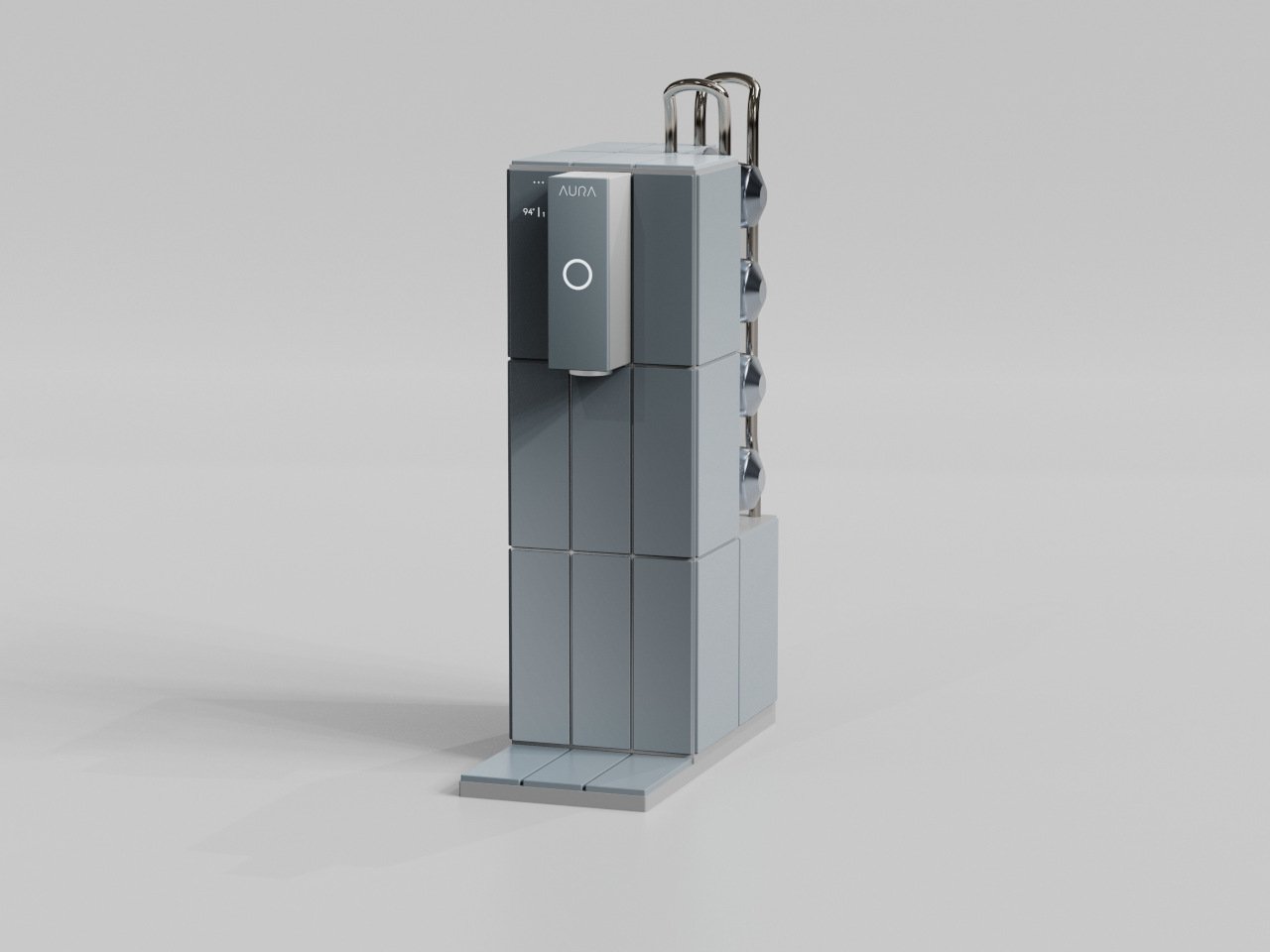Share Share Share Share Email In the modern era, advancements in implantable cardiac monitors are revolutionizing the landscape of cardiac healthcare. These sophisticated devices, designed to continuously track heart activity, are becoming more accurate, efficient, and reliable. Rajshaker Reddy Kankula , an expert in the field, explores the challenges and solutions for designing and developing ECG sensing hardware in his article titled “Hardware Design Challenges in ECG Sensing Receivers for Implantable Cardiac Monitors”.
His research delves into cutting-edge solutions that enhance signal precision, power efficiency, and device longevity, shaping the next generation of cardiac monitors. As technology evolves, these innovations promise to improve early diagnosis, patient outcomes, and overall cardiac rhythm management care. The Role of Input Protection Circuits and Low-Noise Amplifiers Low-noise amplifiers (LNAs) and input protection systems are crucial for implantable ECG analog front ends, ensuring signal integrity and patient safety.

LNAs enhance weak ECG signals while minimizing noise, power consumption, and interference. Advanced designs, such as chopper amplifiers, optimize noise reduction and efficiency. Input interfaces use high-impedance buffers, ESD protection circuits, and EMI suppression filters to improve signal fidelity while meeting safety standards.
Filtering Innovations for Improved Signal Clarity To extract meaningful ECG data, filtering out unwanted noise is crucial. High-pass and low-pass filters eliminate baseline wander and high-frequency disturbances, while notch filters suppress powerline interference. Recent advancements in multi-stage filtering have optimized signal retention, improving the detection of critical cardiac events.
These improvements allow for enhanced arrhythmia monitoring, making implantable cardiac monitors more effective in real-world applications. Precision in Analog-to-Digital Conversion The transition from analog signals to digital data requires highly efficient Analog-to-Digital Converters (ADCs). High-resolution ADCs, operating within ultra-low power constraints, ensure accurate cardiac monitoring without excessive energy consumption.
Innovations like dynamic predictive sampling enable power savings and data compression, making implantable devices more energy-efficient while maintaining signal integrity. Enhancing Digital Signal Processing Capabilities Digital Signal Processing (DSP) algorithms are revolutionizing the way ECG signals are analyzed. Advanced wavelet-based denoising techniques improve signal clarity, while adaptive filtering algorithms mitigate motion artifacts.
Deep learning integration further enhances beat classification accuracy, enabling early detection of arrhythmias. These advancements contribute to more precise and reliable cardiac monitoring, significantly improving patient outcomes. The Miniaturization of ECG Circuits The trend toward smaller, more efficient implantable devices has driven the miniaturization of ECG circuits.
Advanced semiconductor technologies, such as 14nm CMOS processes, allow for compact designs without compromising performance. Innovations like stochastic computing have further reduced power consumption, enabling long-term ECG monitoring with minimal battery drain. These developments pave the way for less invasive and more patient-friendly medical implants.
Wireless Telemetry for Seamless Data Transmission Wireless telemetry eliminates the need for physical connections, enabling real-time monitoring and remote diagnostics. Cutting-edge implant-to-implant communication systems enhance synchronization between devices, improving overall cardiac sensing efficiency. Despite challenges such as power consumption and signal interference, new energy-efficient wireless protocols are making continuous, secure ECG data transmission a reality.
Strengthening Security in Implantable Devices As wireless connectivity in implantable cardiac monitors expands, cybersecurity becomes vital. Lightweight cryptographic protocols and biometric authentication safeguard data integrity and block unauthorized access. Robust encryption ensures patient safety, protects sensitive medical data, and upholds trust in digital healthcare by preventing cyber threats and securing connected medical implants.
Power Management: Extending Device Longevity Effective power management extends the lifespan of implantable cardiac monitors by reducing energy consumption. Innovations like energy harvesting, adaptive duty cycling, and dynamic voltage scaling optimize power use. Advanced battery technologies, innovations in DC-DC converters and low dropout regulators ensure consistent performance, minimizing replacements and associated risks.
By adjusting power usage to physiological needs, modern monitors enhance reliability and longevity. As energy-efficient technologies evolve, they improve the sustainability of implantable cardiac monitors, lowering healthcare costs and enhancing patient outcomes. In conclusion, the evolution of implantable cardiac monitors is revolutionizing cardiac care through AI-driven analytics, ultra-low power electronics, and advanced signal processing.
These innovations significantly enhance reliability, facilitate early anomaly detection, and enable personalized treatment strategies. Rajshaker Reddy Kankula ’s research underscores key breakthroughs in ECG signal accuracy, ultimately improving patient outcomes and elevating the quality of care. As technology continues to advance, implantable cardiac monitors are becoming increasingly sophisticated and patient-friendly, redefining the landscape of cardiac monitoring and intervention.
Related Items: ECG , implantable cardiac monitors , Rajshaker Reddy Kankula Share Share Share Share Email Comments.
Technology

Innovations in Hardware Design for ECG Sensing: Shaping the Future of Implantable Cardiac Monitors

In the modern era, advancements in implantable cardiac monitors are revolutionizing the landscape of cardiac healthcare. These sophisticated devices, designed to continuously track heart activity, are becoming more accurate, efficient, and reliable. Rajshaker Reddy Kankula, an expert in the field, explores the challenges and solutions for designing and developing ECG sensing hardware in his article [...]The post Innovations in Hardware Design for ECG Sensing: Shaping the Future of Implantable Cardiac Monitors appeared first on TechBullion.















